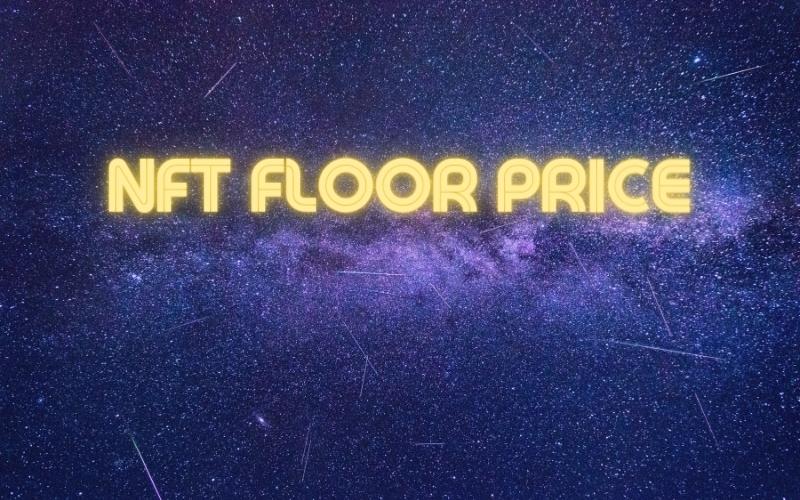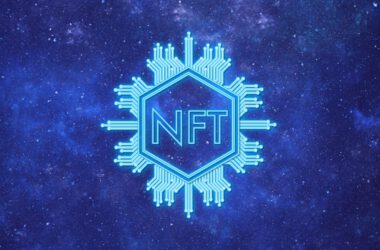When trading in a primary mint or the secondary market, the sky is the limit for NFT prices. But there is another measure of NFT value – the floor price. Mentions of floor prices started accelerating when the NFT boom happened in 2021.
The term “price floor” originated with commodity prices and markets. A floor price, by definition, is the lowest possible price which still preserves the supply and demand model. For this reason, floor price was chosen as a measure for the supply and demand of NFT collections. It worked as a measure of how much interest there was in a certain collection.
A floor price is the lowest price of an item in an NFT collection or series. Floor prices are displayed in real-time based on the latest activity, for instance on OpenSea. The floor price is an important feature of each collection, prompting OpenSea to add an automated price checker for listings. This would prevent a user from announcing a too-low price for their items.
The price floor is basically the smallest price that can be paid to gain ownership and join a collection and its community. The price floor is valid for all NFT, including play to earn items, digital land plots, avatar images or other types of NFT and digital items.
NFT Price Floors are Variable
The price floor can vary, with some collections starting with a higher price floor during the mint. Others can see their price floor increase with time.
The worst possible scenario is a sudden “floor drop”, especially for new collections with unknown and unpredictable impact.
For research purposes and due diligence, there are tools to track the current state or history of price floors. Tools include:
Is the Floor Price a Predictable Measure
The floor price will not say many things about a collection’s potential or future price performance. It is a useful measure to see a trend. Usually, new or very hot collections will go through a period of growing floor prices.
But the upward trend of floor prices can be broken almost immediately in a rather illiquid market. There are other factors for NFT success, including social media mentions, as well as the use case and the quality of NFTs.
Why Buy Near Floor Price
Buying at the floor price is a chance to own NFT and have the benefits of being a member of this community. Club-like NFT collections often command high floor prices.
The floor price may also be paid for metaverse land plots to make a foothold in a digital world game.
Items at floor price may have a lower value. NFT images are often ranked in terms of rarity and special features, so a floor price image may not be rare. This means the owner may not have in-game benefits or other forms of rarity to boost resale value.
Some NFT, however, can give owners additional bonuses, future airdrops, or early bids for new collections.
A rapidly unraveling floor price will mean demand for the overall collection has fallen.










